Balsamic Glazed Salmon is a quick and elegant dish featuring perfectly seared salmon fillets topped with a rich, tangy, slightly sweet glaze made from balsamic vinegar, honey, Dijon mustard, rosemary, and garlic. The combination of bold flavors and the flaky, tender texture of the salmon makes this a standout meal. It’s an excellent choice for a weeknight dinner and equally impressive enough for entertaining guests.
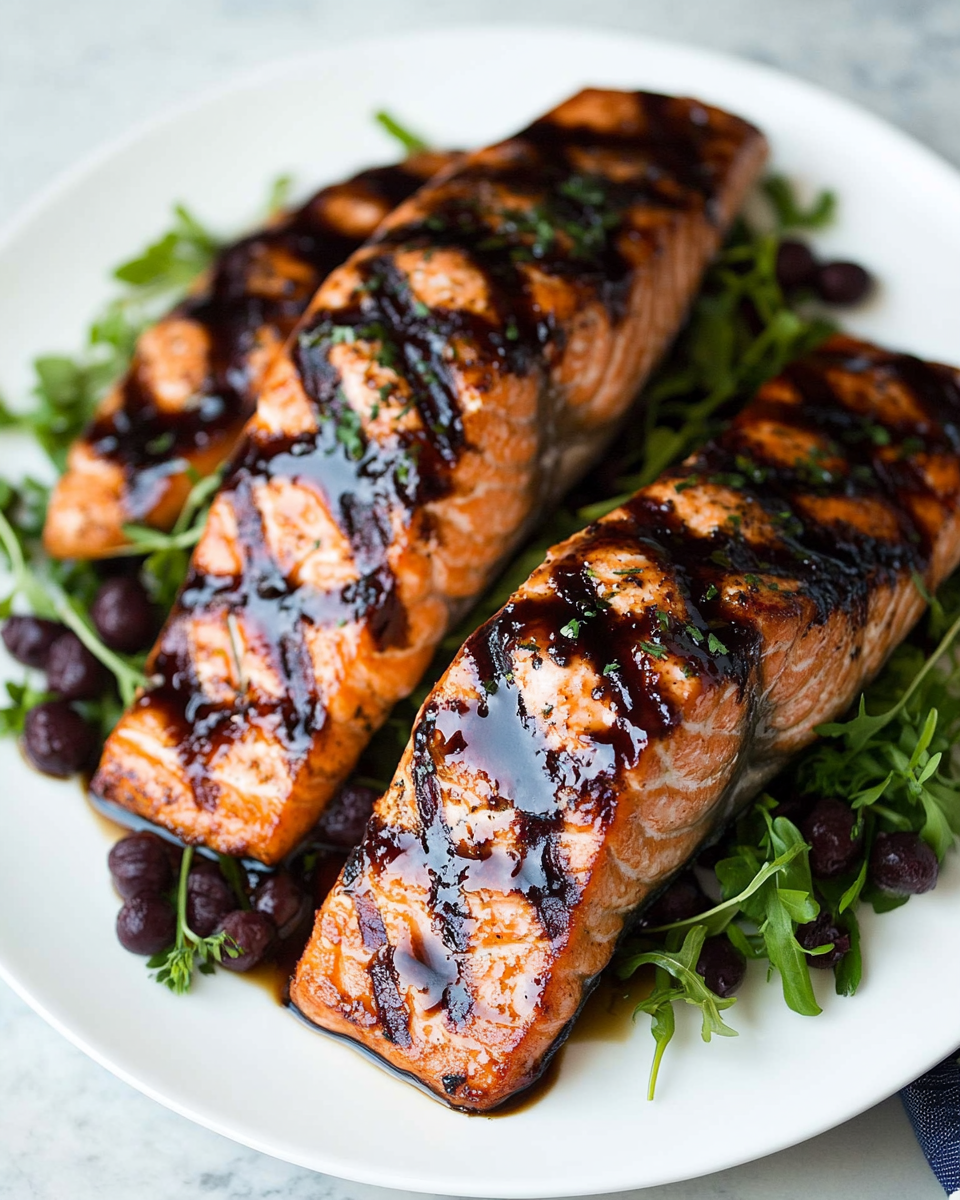
The glaze is simmered until it becomes thick and glossy, complementing the natural richness of the salmon. You can prepare this dish in under 30 minutes, using one pan and a few staple ingredients, making it ideal for busy schedules without sacrificing flavor or nutrition.
Why You’ll Love This Recipe
This recipe stands out for several reasons:
- It’s quick and easy to prepare, with just a handful of pantry staples.
- The glaze delivers a deep, balanced flavor that elevates the salmon.
- It fits many diets and is naturally gluten free.
- It requires minimal cleanup and can be made in a single skillet.
- The glaze is versatile and can also be used with chicken or vegetables.
Whether you’re trying to impress guests or simply need a reliable go-to meal, Balsamic Glazed Salmon offers both convenience and sophistication.
Recipe Uses and Appeal
This salmon recipe is perfect for:
- A healthy dinner paired with grains or vegetables
- A protein-packed addition to salads or bowls
- A centerpiece for a dinner party or special occasion
- Meal prep for the week
The balance of sweetness, acidity, and umami from the glaze complements the natural flavor of salmon without overpowering it. If you enjoy recipes that combine savory and sweet, this will become a favorite.
Preparation Phase and Tools to Use
Essential Tools and Equipment
To ensure a smooth cooking process, have the following tools ready:
- Non-stick skillet or cast iron pan
- Medium saucepan
- Fine mesh strainer
- Silicone spatula or wooden spoon
- Tongs or fish spatula
- Measuring cups and spoons
Importance of Each Tool
- Non-stick skillet: Helps achieve a perfect sear without sticking.
- Saucepan: Ideal for reducing the balsamic glaze evenly.
- Fine mesh strainer: Ensures a smooth glaze by removing rosemary and garlic solids.
- Tongs: Allow gentle handling of salmon to maintain shape.
- Measuring tools: Ensure precision for flavor balance.
Preparation Tips
- Let the salmon sit at room temperature for 10–15 minutes before cooking. This promotes even cooking.
- Always pat the salmon dry with paper towels to improve searing.
- Use fresh rosemary and garlic for the most aromatic and flavorful glaze.
- Stir the glaze frequently to prevent sticking or burning.
- If preparing ahead, store the glaze separately and reheat gently before serving.
Ingredients
For the Balsamic Rosemary Glaze:
- ½ cup balsamic vinegar
- ¼ cup white wine or low-sodium chicken broth
- 2 tablespoons honey
- 1 tablespoon Dijon mustard
- 1 rosemary sprig (about 7 inches)
- 1 clove garlic, minced
For the Salmon:
- 4 (6 oz) salmon fillets (skinless or skin-on)
- Salt and freshly ground black pepper, to taste
- 2 teaspoons olive oil
- Finely minced rosemary or parsley, for garnish (optional)
Step-by-Step Instructions
- Bring salmon to room temperature
Remove the salmon from the refrigerator and let it sit out for 10–15 minutes. - Make the glaze
In a medium saucepan, combine balsamic vinegar, white wine or broth, honey, Dijon mustard, rosemary sprig, and garlic. Bring to a boil over medium-high heat. - Simmer the glaze
Reduce the heat to medium-low and simmer for 10–15 minutes until the glaze thickens and reduces to about ⅓ cup. Stir occasionally. - Strain the glaze
Remove from heat and strain through a fine mesh sieve into a heatproof bowl to remove solids. - Season the salmon
Pat each salmon fillet dry. Season both sides with salt and freshly ground black pepper. - Sear the salmon
Heat olive oil in a non-stick skillet over medium-high heat. Place the salmon fillets in the pan and cook for 3–4 minutes without moving them, until the bottoms are nicely browned. - Flip and finish cooking
Carefully flip the salmon fillets and cook for another 2–3 minutes, or until the salmon is just cooked through and flakes easily with a fork. - Serve
Plate the salmon and spoon the balsamic glaze over the top. Garnish with chopped rosemary or parsley if desired.
Serving Suggestions
Balsamic Glazed Salmon pairs beautifully with a wide range of sides, making it a flexible main dish for nearly any meal. Its sweet and tangy glaze complements both fresh, bright flavors and hearty, comforting dishes. Whether you’re serving this dish for a weeknight dinner or entertaining guests, there are countless ways to present it.
Here are a few standout serving ideas:
- Plate the salmon over a bed of herbed quinoa or brown rice to soak up the glaze.
- Serve alongside roasted seasonal vegetables for a wholesome and colorful plate.
- Add it to a leafy green salad with goat cheese, dried cranberries, and toasted nuts.
- Use it in a grain bowl with couscous, avocado, roasted chickpeas, and greens.
- Slice and serve in warm pita wraps with arugula and a yogurt-based dressing.
- Serve cold the next day over a pasta salad or on toast for a sophisticated lunch.
- Make salmon sliders using brioche buns and a creamy slaw.
- Use it as a protein topping in a Mediterranean-inspired bowl with hummus and olives.
Common Mistakes to Avoid
Even a simple recipe like Balsamic Glazed Salmon has a few areas where things can go wrong. Avoiding these common errors will help you achieve restaurant-quality results every time.
Overcooking the Salmon
Overcooked salmon becomes dry and loses its flaky texture. Use a fork to test for doneness—the fish should flake easily and remain moist in the center. For best results, remove it from heat just as it becomes opaque throughout.
Not Drying the Fish
If the salmon is wet when it hits the skillet, it won’t sear properly. Always pat the fillets dry with paper towels before seasoning and cooking.
Moving the Salmon Too Soon
Allow the salmon to cook undisturbed for the first few minutes. Moving or flipping it prematurely can prevent a golden crust from forming and may cause the fillets to break apart.
Burning the Glaze
Balsamic vinegar and honey can burn quickly if simmered on too high heat or left unattended. Keep the heat moderate and stir often while reducing the glaze.
Using Low-Quality Vinegar
Since balsamic vinegar is a central ingredient, quality matters. Choose a balsamic vinegar with no added sugar or artificial coloring for the best flavor.
How to Perfect the Recipe
Making Balsamic Glazed Salmon truly exceptional involves just a few simple techniques. Here are some tips to elevate your final dish:
- Use wild-caught salmon for better flavor and texture.
- Taste the glaze as it simmers. Adjust the balance with more honey or mustard depending on your preference.
- For added brightness, finish the dish with a squeeze of fresh lemon juice before serving.
- Add a pinch of red pepper flakes to the glaze for subtle heat.
- Make extra glaze—it stores well and is great on roasted vegetables or grilled chicken.
Side Dish Recommendations
Pairing Balsamic Glazed Salmon with the right side dish enhances its flavor and rounds out your meal. Here are eight thoughtful options:
1. Garlic Butter Green Beans
Quickly sautéed in butter and garlic, green beans bring a crisp and savory balance to the sweet balsamic glaze.
2. Lemon Herb Quinoa
Fluffy quinoa cooked with vegetable broth, lemon zest, and fresh herbs adds a light, protein-rich base to soak up the glaze.
3. Roasted Brussels Sprouts
Caramelized with olive oil and sea salt, roasted Brussels sprouts create a slightly bitter contrast that balances the sweetness of the glaze.
4. Creamy Mashed Cauliflower
A low-carb alternative to mashed potatoes, cauliflower mash pairs well with salmon and absorbs the flavors of the glaze beautifully.
5. Couscous Salad with Feta and Tomato
A bright, Mediterranean-style salad with tangy feta and juicy tomatoes complements the richness of the salmon.
6. Garlic Roasted Broccoli
Crisp-tender broccoli tossed with garlic and a touch of lemon adds both color and crunch to your plate.
7. Sweet Potato Wedges
Baked sweet potatoes enhance the honey notes in the glaze while offering a nutrient-dense side option.
8. Creamy Polenta
Polenta brings a smooth, buttery contrast to the texture of the salmon. Serve with extra glaze drizzled over both.
Each of these side dishes can be made in under 30 minutes, making them perfect companions for this quick main course.
Storage and Reheating Instructions
Balsamic Glazed Salmon is best enjoyed fresh, but it also stores and reheats well, making it a practical choice for meal prepping or next-day meals. Follow these guidelines to keep the flavor and texture as close to fresh as possible.
How to Store Leftovers
- Allow the salmon to cool to room temperature before storing.
- Place the salmon fillets in an airtight container. Keep the glaze in a separate container to prevent the fish from becoming soggy.
- Store in the refrigerator for up to 3 days.
How to Reheat
Reheating salmon requires care to avoid drying it out. Here are the best methods:
Stovetop Method:
- Place the salmon in a non-stick skillet over low heat.
- Add a splash of broth or water to prevent sticking.
- Cover and heat gently for 4–5 minutes, until warmed through.
Oven Method:
- Preheat oven to 275°F (135°C).
- Place salmon on a baking sheet lined with foil.
- Cover loosely with foil to retain moisture.
- Warm for 10–15 minutes.
Microwave Method (not ideal but possible):
- Place salmon on a microwave-safe plate.
- Cover with a damp paper towel.
- Heat in 30-second intervals at 50% power until warmed through.
Avoid microwaving the glaze separately as it can overheat quickly and lose its consistency.
Additional Recipe Tips
Fine-tuning your approach to this recipe can make a noticeable difference. Here are a few expert tips to improve both flavor and presentation:
- Use freshly minced garlic and fresh rosemary for a more aromatic glaze.
- Strain the glaze while it’s still warm for a smoother consistency.
- If the glaze thickens too much after cooling, gently warm it with a splash of water or broth to loosen it.
- Make the glaze a day in advance to save time when preparing the meal.
- For a glossy finish, whisk a small amount of cold butter into the glaze just before serving.
These minor adjustments can elevate the overall taste and experience of the dish, especially when preparing it for special occasions.
Frequently Asked Questions
Can I use frozen salmon?
Yes, but ensure it is completely thawed and patted dry before searing. Excess moisture will affect the browning process.
Can I grill the salmon instead of pan-searing?
Absolutely. Grill the salmon over medium heat for 5–6 minutes per side. Brush the glaze on during the last minute of grilling for best results.
Can I substitute maple syrup for honey?
Yes. Maple syrup provides a deeper, richer sweetness and works well in this glaze.
What type of balsamic vinegar should I use?
Use a high-quality balsamic vinegar with minimal added sugars or thickeners. Look for one labeled as aged or traditional for the best flavor.
How do I know when the salmon is done?
Salmon is fully cooked when it flakes easily with a fork and is opaque throughout. Internal temperature should reach 125°F to 130°F for medium doneness.
Can I use skin-on salmon?
Yes. Skin-on salmon crisps up beautifully when seared. Cook skin-side down first, then flip gently to finish.
Can I freeze the leftovers?
Yes, but freezing may change the texture slightly. Store cooled salmon and glaze separately in freezer-safe containers for up to one month. Thaw in the refrigerator before reheating.
Conclusion
Balsamic Glazed Salmon is a dish that combines convenience, flavor, and visual appeal in every bite. With just a few quality ingredients and less than 30 minutes of active cooking time, this recipe offers a satisfying and sophisticated meal that suits both busy weeknights and special occasions.
The tangy, slightly sweet glaze perfectly balances the richness of the salmon, while its versatility opens up endless serving and pairing options. Whether served alongside vegetables, grains, or fresh salads, this recipe is guaranteed to become a household favorite.
Incorporate this dish into your weekly rotation or save it for a dinner party main course. Its simple preparation and bold flavor profile make it a dependable, delicious choice that never fails to impress.
If you’re looking for a go-to salmon recipe that feels both elevated and easy, Balsamic Glazed Salmon is exactly what you need.
Balsamic Glazed Salmon
Ingredients
For the Balsamic Rosemary Glaze:
- ½ cup balsamic vinegar
- ¼ cup white wine or low-sodium chicken broth
- 2 tablespoons honey
- 1 tablespoon Dijon mustard
- 1 rosemary sprig about 7 inches long
- 1 clove garlic minced
For the Salmon:
- 4 6 oz salmon fillets, skinless or skin-on
- Salt and freshly ground black pepper to taste
- 2 teaspoons olive oil
- Finely minced rosemary or parsley for garnish (optional)
Instructions
- Let the salmon rest at room temperature for 10–15 minutes before cooking.
- In a medium saucepan, combine the balsamic vinegar, white wine (or broth), honey, Dijon mustard, rosemary sprig, and minced garlic. Bring the mixture to a boil over medium-high heat.
- Reduce heat to medium-low and let the glaze simmer until it has thickened and reduced to about ⅓ cup, around 10–15 minutes. Stir occasionally.
- Remove the glaze from heat and strain through a fine mesh strainer into a heatproof bowl. Set aside.
- Pat the salmon dry and season both sides with salt and pepper.
- Heat olive oil in a large non-stick skillet over medium-high heat. Add the salmon fillets and sear without moving for 3–4 minutes until the bottoms are nicely browned.
- Carefully flip each fillet and cook for another 2–3 minutes, or until the salmon is just cooked through and flakes easily with a fork.
- Serve salmon warm, drizzled generously with the balsamic glaze. Garnish with finely minced rosemary or parsley, if desired.
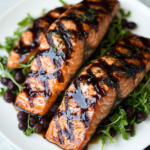
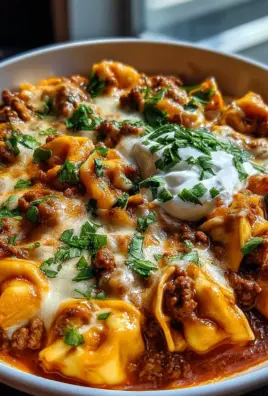
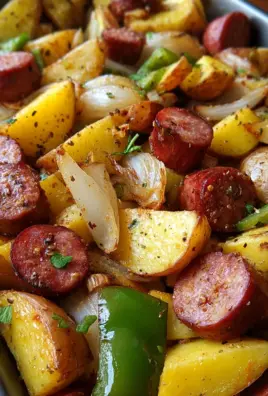
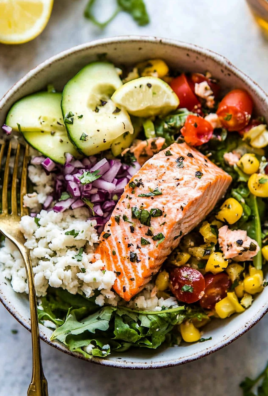
Leave a Comment